Hydraulic Hand Shearing Angle And Flat Cutting
Product Details:
Hydraulic Hand Shearing Angle And Flat Cutting Price And Quantity
- 1 Unit
- 150000 INR/Unit
Hydraulic Hand Shearing Angle And Flat Cutting Trade Information
- Cash Advance (CA) Cash in Advance (CID)
- 10 Unit Per Month
- 1 Week
- Yes
- Asia Australia Central America North America South America Eastern Europe Western Europe Middle East Africa
- All India South India Central India West India North India East India Gujarat Karnataka Kerala Lakshadweep Mizoram Meghalaya Manipur Andhra Pradesh Bihar Chandigarh Daman and Diu Goa Jharkhand Odisha Punjab Assam Delhi Dadra and Nagar Haveli Andaman and Nicobar Islands Arunachal Pradesh Chhattisgarh Haryana Himachal Pradesh Jammu and Kashmir Madhya Pradesh Maharashtra Nagaland Rajasthan Sikkim Tamil Nadu Telangana Tripura Pondicherry Uttar Pradesh Uttarakhand West Bengal
Product Description
Hydraulic Hand Shearing Angle And Flat Cutting
It seems there might be a slight error or confusion in your question, as "Hydraulic Hand Sear Seating Cutting" doesn't form a clear phrase. It's possible that you might be referring to a hydraulic hand shear or hydraulic hand seat cutting tool. Let me provide information on both possibilities: Hydraulic Hand Shear: A hydraulic hand shear is a manually operated cutting tool that uses hydraulic power to cut through various materials, such as sheet metal or other flat materials. This tool typically has a hydraulic cylinder that provides the force needed for cutting. It is operated by hand, and the hydraulic mechanism assists in reducing the physical effort required to make the cut.
Hydraulic Hand Seat Cutting Tool: The term "seat cutting" usually refers to a machining process related to engine cylinder heads, specifically the cutting of valve seats. However, it's not clear if this is what you are referring to. If you are mentioning a hydraulic hand tool for seat cutting, it might be a specialized tool used for automotive or machining applications. If you have a more specific term or description in mind, or if there's additional information you can provide about the tool you're asking about, I'd be happy to offer more detailed information. Otherwise, if you have a particular tool or process in mind, please clarify, and I'll do my best to assist you.
User Hydraulic Hand Shearing Angle And Flat Cutting ChatGPT A hydraulic hand shear for angle and flat cutting is a manual cutting tool that uses hydraulic power to cut through materials, specifically designed for cutting both flat and angled surfaces. This type of tool is commonly used for cutting metal sheets, plates, and other materials in various industrial applications.
Here are some key features and considerations for a hydraulic hand shear designed for angle and flat cutting:
Hydraulic Power: The tool is powered by a hydraulic system, which provides the force needed for cutting. The hydraulic mechanism is typically operated by hand, making it a manual tool.
Angle Cutting Capability: The shear is designed to cut not only flat surfaces but also angles. This is particularly useful for applications where angled cuts are required, such as in the fabrication of metal structures.
Flat Cutting Capability: In addition to angle cutting, the tool is capable of cutting flat surfaces. This versatility allows for a range of cutting applications, from straight cuts to angled cuts.
Blade Design: The shear is equipped with blades suitable for cutting both flat and angled surfaces. The blade design may vary based on the specific angles and materials the tool is intended to cut.
Adjustable Angle Settings: Some hydraulic hand shears for angle and flat cutting may have adjustable angle settings, allowing operators to set and cut at specific angles as needed for their applications. Cutting
Capacity: The cutting capacity of the shear indicates the maximum thickness of the material it can effectively cut. Hydraulic hand shears are suitable for cutting thin to moderately thick materials, depending on the specific model.
Ease of Operation: These tools are designed to be user-friendly and easy to operate manually. The hydraulic power assists in reducing the physical effort required for cutting.
Applications: Hydraulic hand shears for angle and flat cutting find applications in metalworking, fabrication, and construction industries where precise cutting of both flat and angled surfaces is required.
Safety Features: Safety features, such as guards and handles, should be in place to minimize the risk of accidents during operation. Users should follow proper safety guidelines when using the tool.
Maintenance: Regular maintenance, including blade sharpening and lubrication of moving parts, is important for ensuring the continued performance and longevity of the tool. These hydraulic hand shears provide a convenient and versatile solution for cutting various materials with both flat and angled surfaces. When considering a specific hydraulic hand shear for your needs, it's important to assess the cutting capacity, adjustable settings, and other features to ensure it meets the requirements of your specific applications.
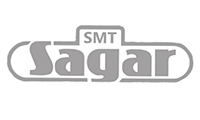
 English
English Spanish
Spanish French
French German
German Italian
Italian Chinese (Simplified)
Chinese (Simplified) Japanese
Japanese Korean
Korean Arabic
Arabic Portuguese
Portuguese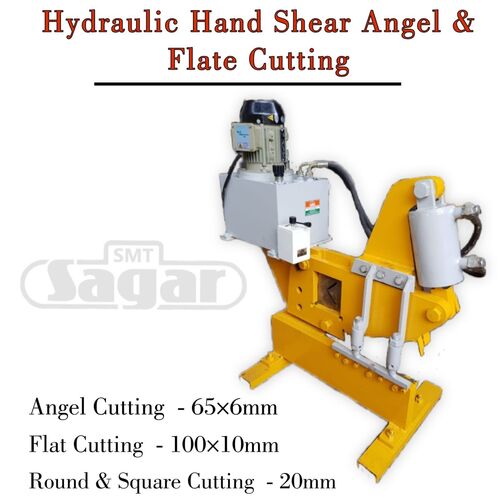
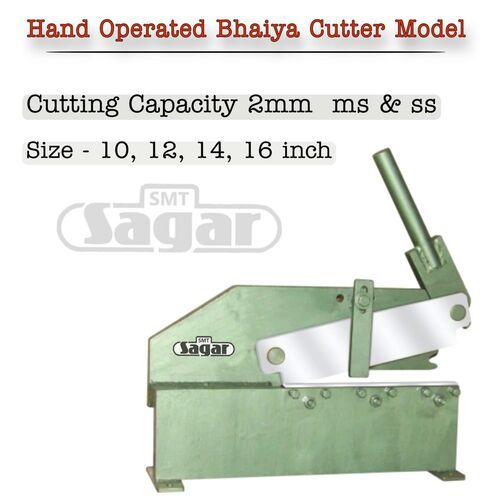
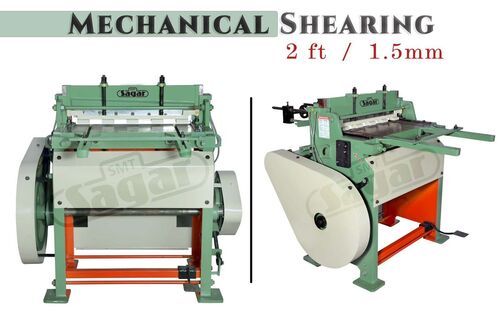
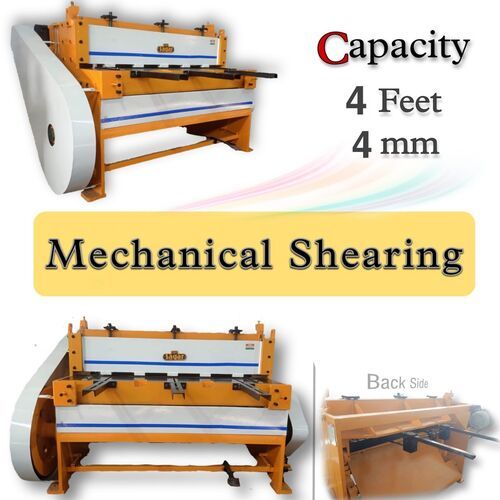
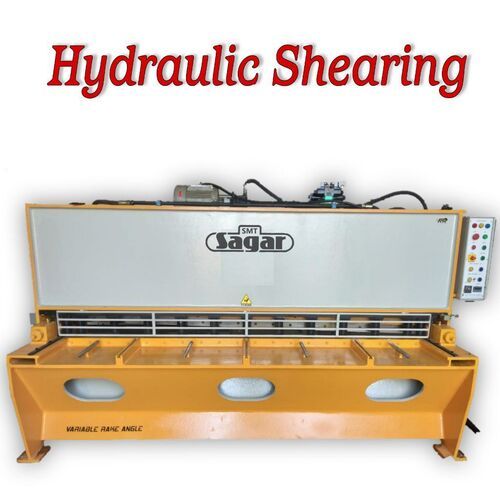
 Send Inquiry
Send Inquiry Send SMS
Send SMS